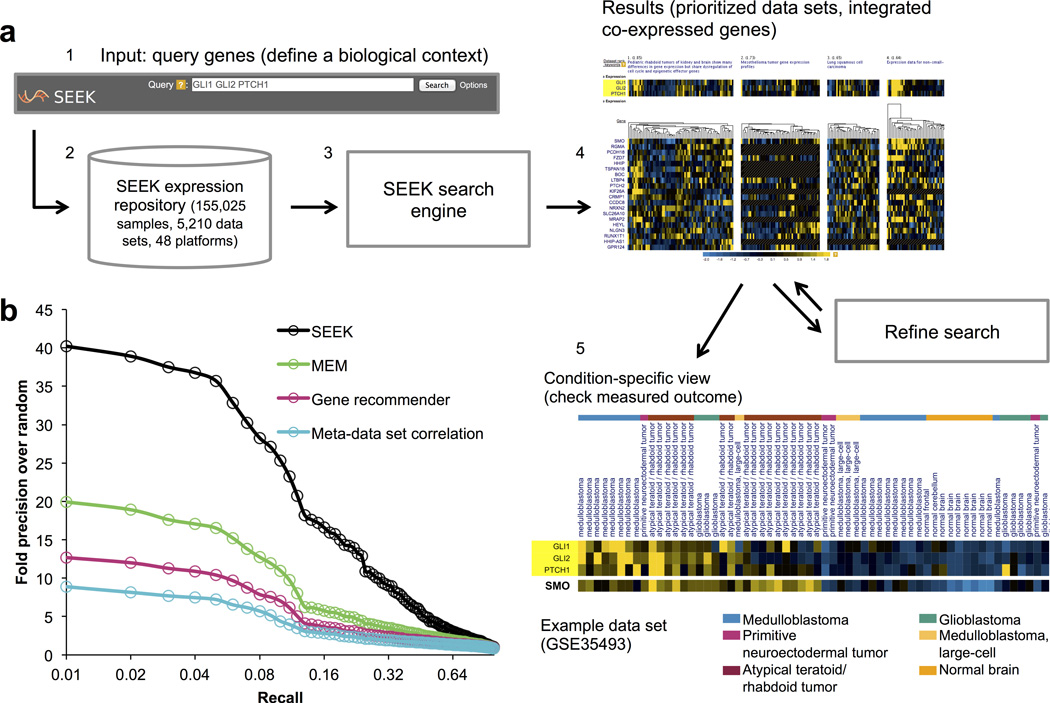Figure 1. The SEEK system overview and systematic functional evaluation.
(a) The system overview. Users begin by defining a query gene set of interest. SEEK can easily accommodate gene sets as small as 1–2 genes and as large as 100 genes (step 1). The SEEK search engine searches the entire compendium, and returns genes that are co-expressed with the query and the top relevant data sets (steps 2, 3). The web user-interface provides visualizations of gene co-expressions across data sets (step 4), and enables users to iteratively refine their search (Fig. 2) and further analyze the results through condition-specific view (step 5). The latter allows users to check possible associations with the measured outcomes in order to interpret the co-expressed genes (Supplementary Note 3). (b) Gene retrieval evaluations across 995 diverse GO biological process terms, for each of SEEK, MEM, Gene recommender, and meta-data set correlation algorithms (Supplementary Note 1). Queries of diverse sizes (2–20 genes) were selected randomly among each term’s genes to evaluate the precision of retrieving the remaining genes in each term. Individual term performances (Supplementary Data 2) and additional detailed comparative evaluations (Supplementary Figs. 1, 2) are provided.

